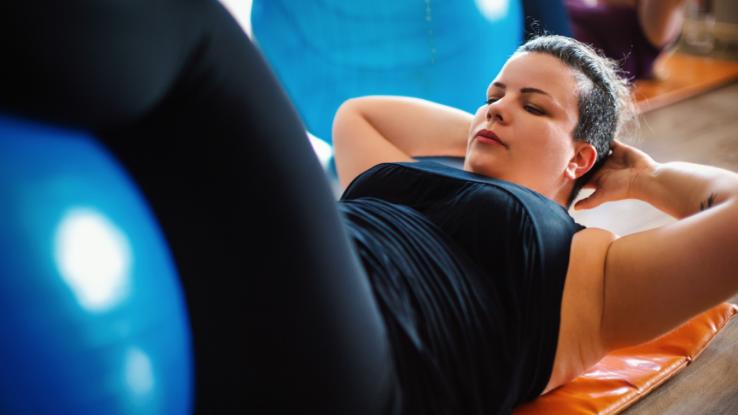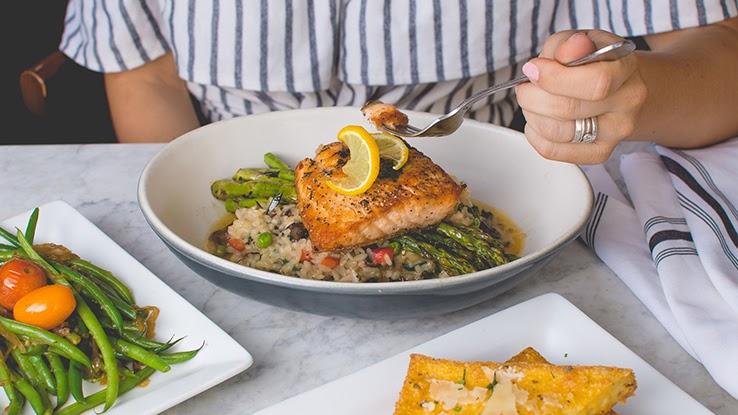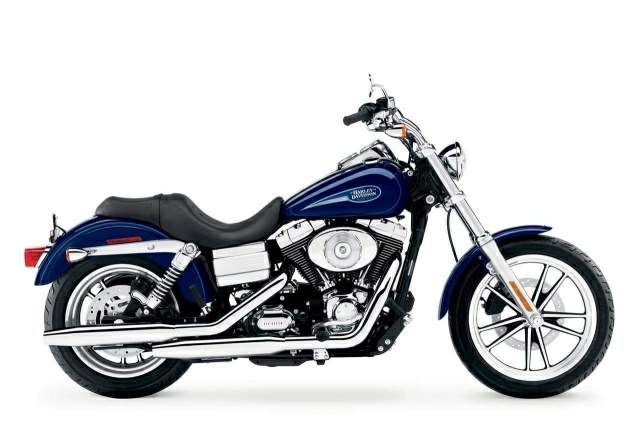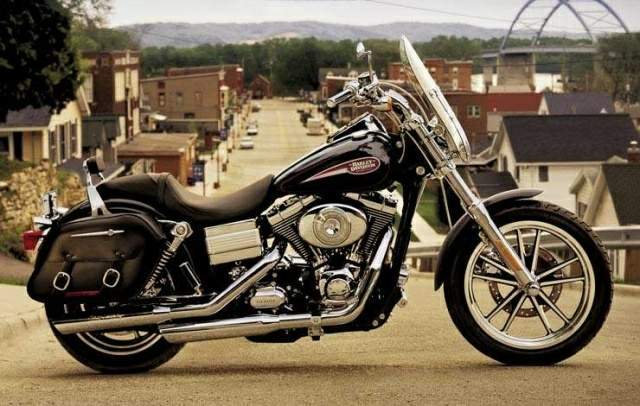What Is Optavia Fat Burn
Don't Diet

iStockphoto/Thinkstock
The Women's Health Diet isn't about eating less; it's about eating more—more nutrient-dense food, to crowd out the empty calories and keep you full all day. That's important, because restricting food will kill your metabolism. It sends a signal to your body that says, "I'm starving here!" And your body responds by slowing your metabolic rate to hold on to existing energy stores.
What's worse, if the food shortage (meaning, your crash diet) continues, you'll begin burning muscle tissue, which just gives your enemy, visceral fat, a greater advantage. Your metabolism slows further, and fat goes on to claim even more territory.
Send your Metabolism Sky-High and Drop 15 Pounds in Six Weeks!
Go to Bed Earlier

iStockphoto/Thinkstock
A study in Finland looked at sets of identical twins and discovered that in each set of siblings, the twin who slept less and was under more stress had more visceral fat.
Eat More Protein
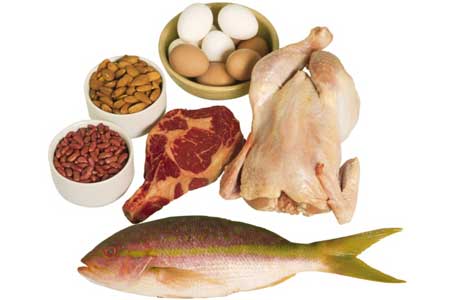
Comstock/Thinkstock
Your body needs protein to maintain lean muscle. In a 2006 article in the American Journal of Clinical Nutrition, researchers argued that the current recommended daily intake for protein, 0.36 grams per pound of body weight, is woefully inadequate for anyone doing resistance training and recommend that women get between 0.54 and 1 gram per pound of body weight. (If you want to lose weight, use your goal body weight as your guide.)
Add a serving, like 3 ounces of lean meat, 2 tablespoons of nuts, or 8 ounces of low-fat yogurt, to every meal and snack. Plus, research shows that protein can up postmeal calorie burn by as much as 35 percent.
Go Organic When You Can

iStockphoto/Thinkstock
Canadian researchers report that dieters with the most organochlorines (pollutants from pesticides, which are stored in fat cells) experience a greater-than-normal dip in metabolism as they lose weight, perhaps because the toxins interfere with the energy-burning process. In other words, pesticides make it harder to lose pounds.
Of course, it's not always easy to find—or afford—organic produce. But in general, conventionally grown items that you peel—avocado, grapefruit, bananas—are fine. But choose organic when buying celery, peaches, strawberries, apples, blueberries, nectarines, sweet bell peppers, spinach, kale and collard greens, cherries, potatoes, and imported grapes; they tend to have the highest levels of pesticides.
Get Up, Stand Up

iStockphoto/Thinkstock
Whether you sit or stand at work may play as big a role in your waistline as your fitness routine. Missouri University researchers discovered that inactivity (4 hours or more) causes a near shut- down of an enzyme that controls fat and cholesterol metabolism. To keep this enzyme active and increase your fat-burning, break up long periods of downtime by standing up—for example, while talking on the phone.
Find out how bad sitting actually is for your health:
Drink Cold Water
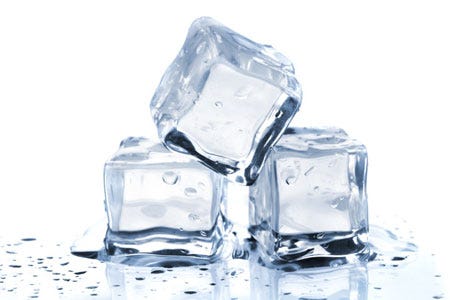
iStockphoto/Thinkstock
German researchers found that drinking 6 cups of cold water a day (that's 48 ounces) can raise resting metabolism by about 50 calories daily—enough to shed 5 pounds in a year, with essentially zero additional effort. The increase may come from the work it takes to heat the water to body temperature.
Eat the Heat

Hemera/Thinkstock
It turns out that capsaicin, the compound that gives chile peppers their heat, can also fire up your metabolism. Eating about 1 tablespoon of chopped peppers (red or green) boosts your sympathetic nervous system (responsible for your fight-or-flight response), according to a study published in the Journal of Nutritional Science and Vitaminology. The result: a temporary metabolism spike of about 23 percent. Stock up on chile peppers to add to salsas, and keep a jar of red-pepper flakes on hand for topping pizzas, pastas, and stir-fries.
Rev Up in the Morning

iStockphoto/Thinkstock
Eating breakfast jump-starts your metabolism so it's no accident that those who skip this meal are 41⁄2 times as likely to be obese. The heartier your first meal is, the better. In one study published by the American Journal of Epidemiology, volunteers who got 22 to 55 percent of their total calories at breakfast gained only 1.7 pounds on average over 4 years. While those who got zero to 11 percent gained nearly 3 pounds.
Drink Coffee or Tea
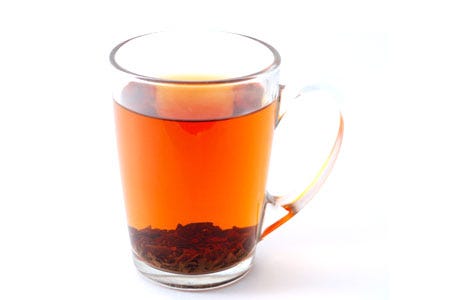
Hemera/Thinkstock
Caffeine is a central nervous system stimulant, so your daily java jolts can rev your metabolism by 5 to 8 percent—burning about 98 to 174 calories a day. A cup of brewed tea can raise your metabolism by 12 percent, according to one Japanese study. Researchers believe antioxidants called catechins in tea provide the boost.
Fight Fat with Fiber
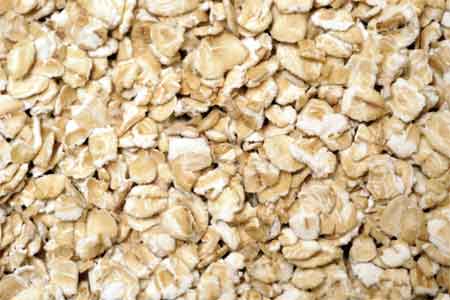
Digital Vision/Thinkstock
Research shows that some fiber can fire up your fat burn by as much as 30 percent. Studies find that those who eat the most fiber gain the least weight over time. Aim for about 25 grams a day—the amount in about three servings each of fruits and vegetables.
Eat Iron-Rich Foods

Hemera/Thinkstock
Iron is essential for carrying the oxygen your muscles need to burn fat. Unless you restock your stores, you run the risk of low energy and a sagging metabolism. Shellfish, lean meats, beans, fortified cereals, and spinach are excellent sources.
Get More Vitamin D

Creatas/Thinkstock
Vitamin D is essential for preserving muscle tissue. Get 90 percent of your recommended daily intake (400 IU) in a 3.5-ounce serving of salmon. Other good sources: tuna, fortified milk and cereal, and eggs.
Drink Milk

George Doyle/Stockbyte/Thinkstock
There's some evidence that calcium deficiency, which is common in many women, may slow metabolism. Research shows that consuming calcium through dairy foods such as fat-free milk and low-fat yogurt may also reduce fat absorption from other foods.
Eat Watermelon
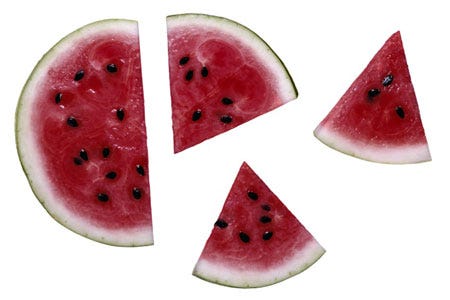
Brand X Pictures/Thinkstock
The amino acid arginine, abundant in watermelon, might promote weight loss, according to the Journal of Nutrition. In a laboratory study, adding this amino acid to the diet of obese mice enhanced the oxidation of fat and glucose. Snack on watermelon and other arginine sources, such as seafood, nuts, and seeds, year-round.
Stay Hydrated
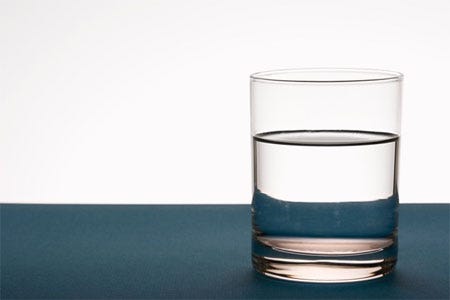
Jupiterimages/Comstock/Thinkstock
All of your body's chemical reactions, including your metabolism, depend on water. If you are dehydrated, you may be burning up to 2 percent fewer calories, according to researchers at the University of Utah. Drink at least eight to twelve 8-ounce glasses a day.
Want more tips to boost your metabolism and burn fat? Send your Metabolism Sky-High and Drop 15 Pounds in Six Weeks with The Women's Health Diet!
This content is created and maintained by a third party, and imported onto this page to help users provide their email addresses. You may be able to find more information about this and similar content at piano.io
Source: https://www.womenshealthmag.com/food/a19919229/boost-metabolism/






